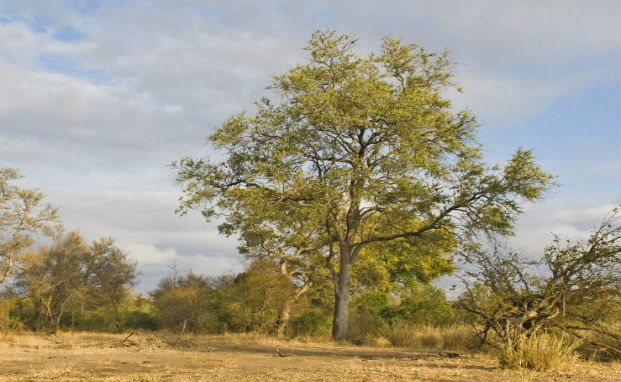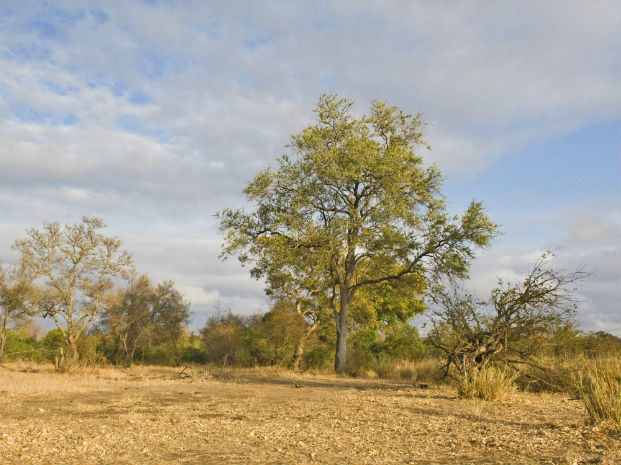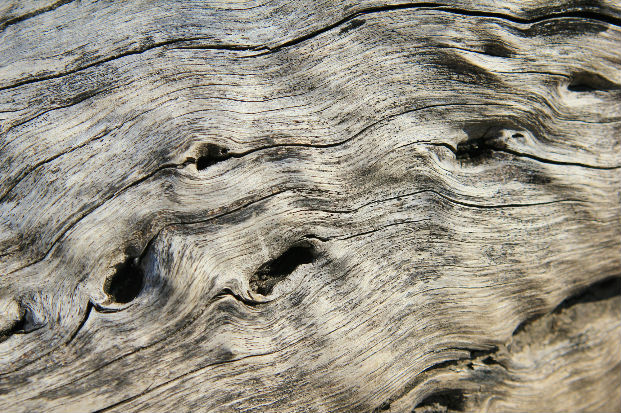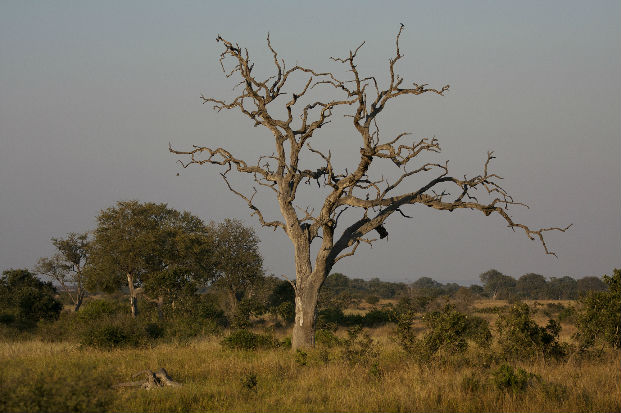
The tallest of all South African bush-willows, the leadwood grows some 20m high. These slow growing trees mature as magnificent specimens with a greyish appearance and a spreading canopy.
Long-living some have been dated at over 1,000 years old. They occur in the warm dry bushveld along rivers and watercourses.
Vote for the fact you find most fascinating
The Latin species name for the leadwood, imberbe, means “hairless”, this is in reference to its hairless green leaves.
The leadwood is so named because of its extremely heavy heartwood which weighs 1,200 kg per m3, this is so dense it will sink in water.
Due to the leadwood being so dense, 1,200 kg per m3, it is actually termite and borer resistant. As a result, even after the tree has died, it will remain standing for hundreds of years to come.
Leadwood ash has traditionally been used as a substitute for toothpaste because it is high in lime and it is abrasive.
As a result of carbon dating some leadwoods have been aged at over 1,000 years.
The Herero people of Namibia believe that the leadwood tree houses the spirits of their ancestors.
Leadwood ash can be used as a white wash by mixing it with milk.
Before metal was produced the very hard and tough leadwood was used to make the blades for agricultural hoes.





